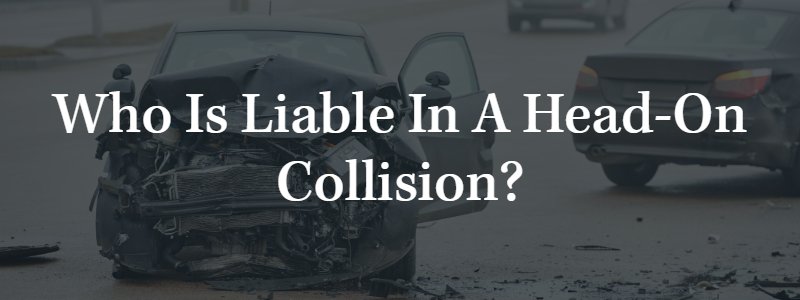Head-on collisions are often severe, and they frequently result in catastrophic injuries for victims. Unfortunately, these collisions happen far too often in Philadelphia and throughout the Commonwealth of Pennsylvania. In most cases, a head-on collision is caused by the fault of one or more drivers. Here, we want to discuss various liability scenarios for head-on collisions in Pennsylvania.
Common causes of Pennsylvania head-on collisions
According to data available from the Pennsylvania Department of Transportation, a head-on collision is one in which vehicles traveling in opposite directions, on the same road, collide (vehicle front to vehicle front). The DOT says that there were nearly 5,000 total head-on collisions across the Commonwealth during the latest reporting year. These incidents lead to 129 total fatalities and many other injuries. Head-on collisions during the latest reporting year in Pennsylvania were responsible for 4% of all crashes and more than 12% of all roadway fatalities.
When determining liability in these incidents, investigators often determine that the following factors contributed to most head-on collisions in the Commonwealth:
- Distracted driving
- Driving while fatigued
- Failing to adjust to poor weather or limited visibility conditions
- Driving under the influence of alcohol or drugs
- Improperly overtaking another vehicle
- Ignoring traffic signals or traffic signs
It is crucial to determine liability in these cases so that a victim can secure compensation for their injuries and property damage.
We want to point out data provided by the National Highway Traffic Safety Administration (NHTSA) that says around 13% of all fatal rural vehicle accidents are the result of head-on collisions. In urban areas, only around 7% of all fatal crashes are the result of head-on collisions. There are plenty of rural driving spaces around Pennsylvania, and we strongly encourage all drivers operating in these areas to be cautious and aware of what is going on with oncoming traffic. Slow down, pay attention to your surroundings, and practice sound defensive driving techniques.
Injuries caused by head-on collisions are often catastrophic. Even when airbags deploy, it is not uncommon for a head-on collision to occur with one or both vehicles moving at high rates of speed. This exponentially increases the damage. It is not uncommon for victims in these cases to sustain:
- Traumatic brain injuries
- Internal organ damage or internal bleeding
- Spinal cord trauma with paralysis
- Other severe back or neck injury
- Severe lacerations or puncture wounds
- Crush injuries or amputations
What about shared liability?
Drivers who choose to operate under Pennsylvania’s no-fault insurance system will generally turn to their own insurance for compensation, regardless of who caused the collision. However, some drivers opt-out of this system.
It is often the case that liability is shared in a head-on collision in Pennsylvania. Drivers who are injured in a head-on collision may think that they cannot recover any compensation if they are partially responsible for the incident. However, that is not necessarily true. Pennsylvania operates under a comparative negligence system. This means that a person can still recover compensation after a crash so long as they are less than 51% responsible for the incident. However, the total amount of compensation they receive will be reduced based on their percentage of fault.
If a person is found to be 51% or more responsible for an incident, they will be unable to recover any compensation for their losses.
